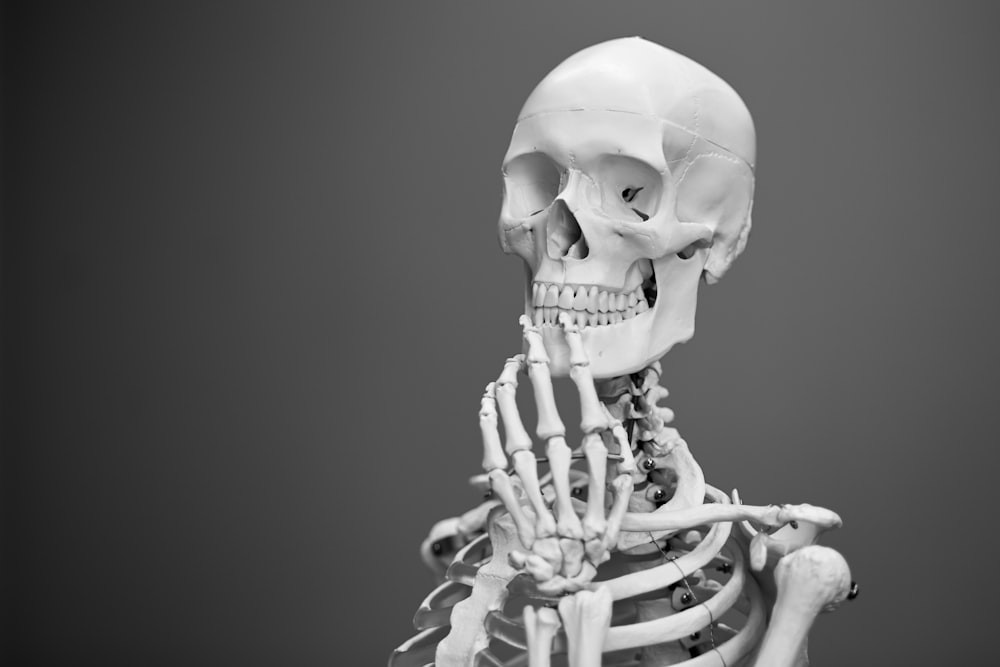目次
大腿骨転子部骨折例における大腰筋の筋委縮が対側の大腿骨近位部骨折のリスク要因になる?
大腿骨転子部骨折例では小転子骨片転位によって腸腰筋の機能低下が生じることが少なくありません.
腸腰筋の機能低下は歩行再獲得にも大きな影響を及ぼします.
これまでにも大腿骨転子部骨折例の腸腰筋の筋機能と歩行能力との関連性が報告されております.
今回はまた新しい視点で大腿骨転子部骨折例における大腰筋の筋委縮が対側の大腿骨近位部骨折のリスク要因になる可能性を示唆する論文をご紹介させていただきます.

今回ご紹介する論文
J Musculoskelet Neuronal Interact. 2021 Dec 1;21(4):495-500.
Low psoas major muscle area as a risk factor for contralateral hip fracture following intertrochanteric fracture
Takehiro Kawakami 1, Takashi Imagama 2, Tomotoshi Murakami 1, TakehiroKaneoka 3, Manabu Yamamoto 3
Affiliations expand
PMID: 34854388
今回ご紹介する論文は2021年に掲載された論文です.
研究の目的
Objective: This study aimed to investigate the relationship between the psoas major muscle area as a risk factor and subsequent contralateral hip fractures in patients with initial intertrochanteric fractures.
この研究では,初回の大腿骨転子部骨折例を対象として,大腰筋面積が対側の大腿骨近位部と関連するかどうかを明らかにすることを目的としております.
研究の方法
Methods: Of 136 treated for intertrochanteric fractures, 104 female patients had computed tomography done to assess their fractures at initial stage and had been followed up for more than 2 years. These patients were then divided into 2 groups: i.e. those who had a contralateral hip fracture (CF) (n=16) and those who did not (NF) (n=88) groups. We mainly assessed the relationship between the corrected psoas major muscle area (CPMA) at initial fracture and the occurrence of contralateral hip fracture.
大腿骨近位部骨折の治療を受けた136例のうち,104例の女性のうち初期段階で骨折の評価のためにCT撮影を行い,2年以上の追跡調査を行っております.
対象者を初回の骨折の後に対側の大腿骨近位部骨折を受傷した再骨折群(CF)(n=16)と非再骨折群(NF)(n=88)の2群に分類しております.
初回骨折時における補正大腰筋面積(CPMA)と対側大腿骨近位部骨折発生との関係を評価しております.
研究の結果
Results: The CF group had significantly lower CPMA than the NF group (p=0.001). There was positive correlation between the CPMA and the period from the initial to the contralateral hip fracture in the CF group. The CPMA cutoff value of 480.98 mm2/m2, was showed sensitivity of 63.6% and specificity of 87.5% in receiver operating characteristic curve analysis for all patients.
再骨折群では非再骨折群に比較して補正大腰筋面積が有意に低い結果でありました(p=0.001).
再骨折群では補正大腰筋面積と初期骨折から対側大腿骨近位部骨折までの期間に正の相関が見らました.
補正大腰筋面積のカットオフ値480.98mm2/m2は,全例を対象としたROC曲線解析において,感度63.6%,特異度87.5%を示しました.
研究の結論
Conclusions: The lower CPMA was associated with the contralateral hip fracture within 2 years from initial intertrochanteric fracture. The low CPMA would be a risk factor for contralateral hip fracture.
補正大腰筋面積が低いと,初回の大腿骨転子部骨折から2年以内の対側の大腿骨近位部骨折を引き起こしやすいことが明らかとなりました.
補正大腰筋面積の低下は対側の大腿骨近位部骨折の危険因子であることが示唆されます.
今回は大腿骨転子部骨折例における大腰筋の筋委縮が対側の大腿骨近位部骨折のリスク要因になる可能性を示唆する論文をご紹介させていただきました.
大腿骨転子部骨折例における大腰筋の筋萎縮は再骨折発生を予測するうえでも重要な指標となりそうですね.






